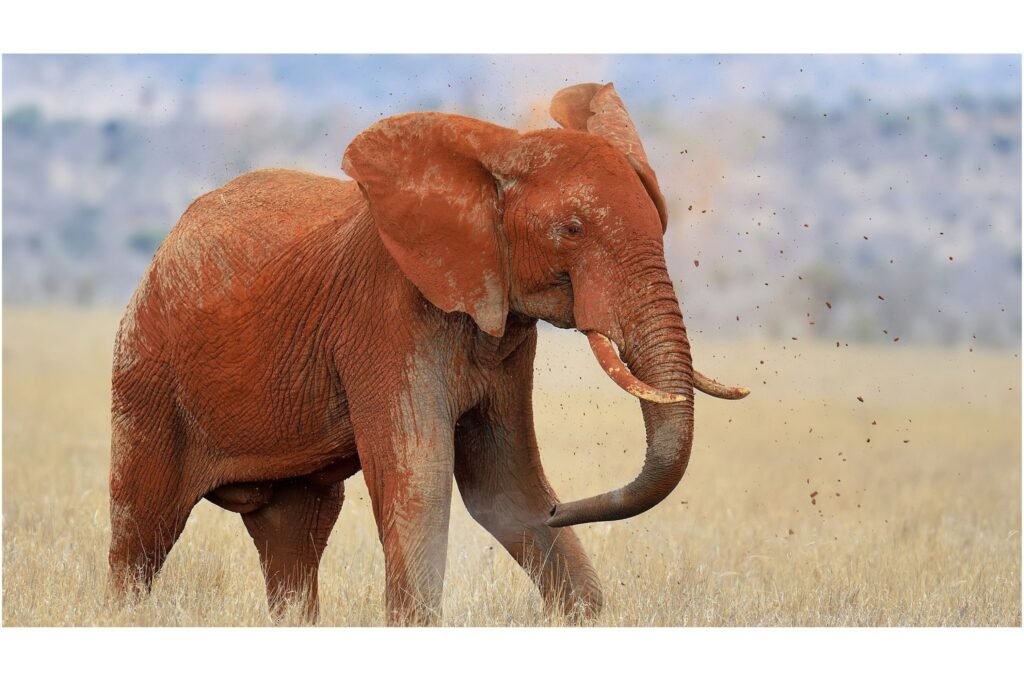Imagine being trapped in a silent, empty room with nothing to do, day after day. For many animals in captivity, this is not just a nightmare—it’s reality. But here’s the twist: modern science has discovered that something as simple as a puzzle feeder, a new scent, or a pile of leaves can transform these lives entirely. The world of animal enrichment is a fascinating blend of empathy, creativity, and hard science, revealing just how deeply animals crave stimulation, challenge, and joy.
Why Enrichment Matters: Beyond Basic Survival

Enrichment is more than a luxury; it’s a necessity for animal welfare. When animals are denied mental and physical stimulation, they often exhibit stress, boredom, and even self-harm. This isn’t just speculation—studies have shown that lack of enrichment can lead to repetitive behaviors like pacing, feather plucking, or over-grooming. Enrichment provides animals with opportunities to exercise their bodies and minds, preventing these negative outcomes. It also encourages natural behaviors, whether it’s hunting, foraging, or problem-solving. In this way, enrichment is foundational to their happiness and health, not just their survival.
The Science Behind Animal Behavior

Understanding why animals need enrichment starts with studying how their brains work. Animals, like humans, have complex neural systems that thrive on stimulation. Scientists have found that animals exposed to varied and challenging environments develop larger brains with more intricate neural connections. This is true for everything from mice to primates. When animals are given opportunities to explore and interact with their surroundings, their cognitive abilities, memory, and even social skills improve dramatically. Essentially, a bored brain is an underdeveloped brain, and enrichment is the key to unlocking potential.
Types of Enrichment: A Multisensory Approach
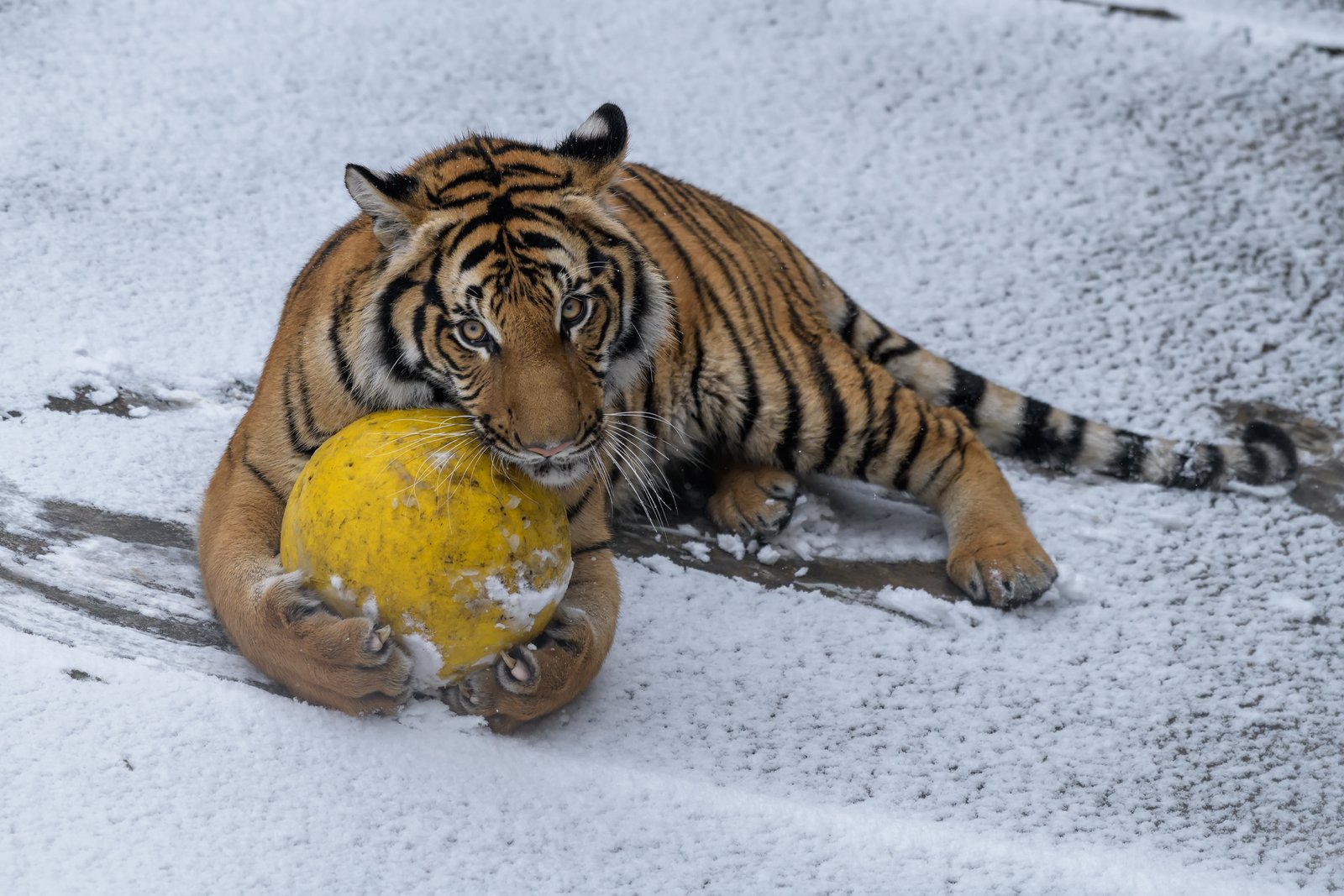
Enrichment isn’t one-size-fits-all. Experts categorize it into sensory, cognitive, physical, social, and food-based enrichment. Sensory enrichment might involve introducing new smells, sounds, or textures to an animal’s environment, sparking curiosity and exploration. Cognitive enrichment includes puzzles or tasks that require problem-solving, like opening boxes to access treats. Physical enrichment can mean rearranging habitats or adding climbing structures, while social enrichment involves allowing animals to interact with others of their kind—or even different species. Food-based enrichment goes beyond just feeding; it challenges animals to search, hunt, or manipulate objects to access their meals.
Enrichment in Zoos: From Concrete Cages to Creative Habitats

Zoos once focused solely on keeping animals alive, but now the goal is to help them thrive. Modern zoos design habitats that mimic natural environments and offer daily enrichment activities tailored to each species. For example, zookeepers might hide food in logs for bears to sniff out or create floating ice platforms for polar bears to investigate. Birds might be given mirrors, musical toys, or even paintbrushes to express themselves. These efforts are rooted in scientific observation and a deep understanding of each animal’s needs. The results are astonishing—animals become more active, playful, and even develop new skills.
Enrichment in Aquariums: Stimulating the Underwater World
Aquariums face unique challenges when it comes to enrichment, as the watery world restricts certain types of play. However, aquarists have become experts at inventing creative solutions. Dolphins may be given floating hoops or balls, while octopuses are challenged with jars they must open to find food. Coral reefs in tanks can be rearranged to encourage exploration and foraging. Even fish benefit from enrichment, responding to colored objects, bubbles, and varied currents. The aim is always to engage the animal’s senses and natural behaviors, making their captive lives more stimulating and fulfilling.
Domestic Animals: Bringing Enrichment Home
Enrichment isn’t just for wild or exotic animals—it’s vital for pets, too. Dogs and cats, for instance, thrive when given opportunities to play, explore, and solve problems. Simple things like puzzle toys, scent trails, or interactive games can make a world of difference. Parrots love shredding paper or solving locks, while rabbits benefit from tunnels and digging boxes. Even goldfish enjoy rearranged tank decorations or floating treats. The principle is the same: a busy mind is a happy mind, no matter the species.
Wildlife Rehabilitation: Enrichment as a Path to Recovery

For injured or orphaned wildlife, enrichment is crucial to successful rehabilitation. Rehab centers use natural materials, scents, and challenges to prepare animals for life back in the wild. Orphaned squirrels might be given branches to climb and nuts to crack open, building strength and skills. Birds of prey are encouraged to hunt moving prey, honing their instincts. This approach not only reduces stress but also increases the chance that animals will survive once released. It’s a blend of compassion and science, giving animals the tools they need to thrive.
Enrichment for Farm Animals: Improving Welfare on the Homestead
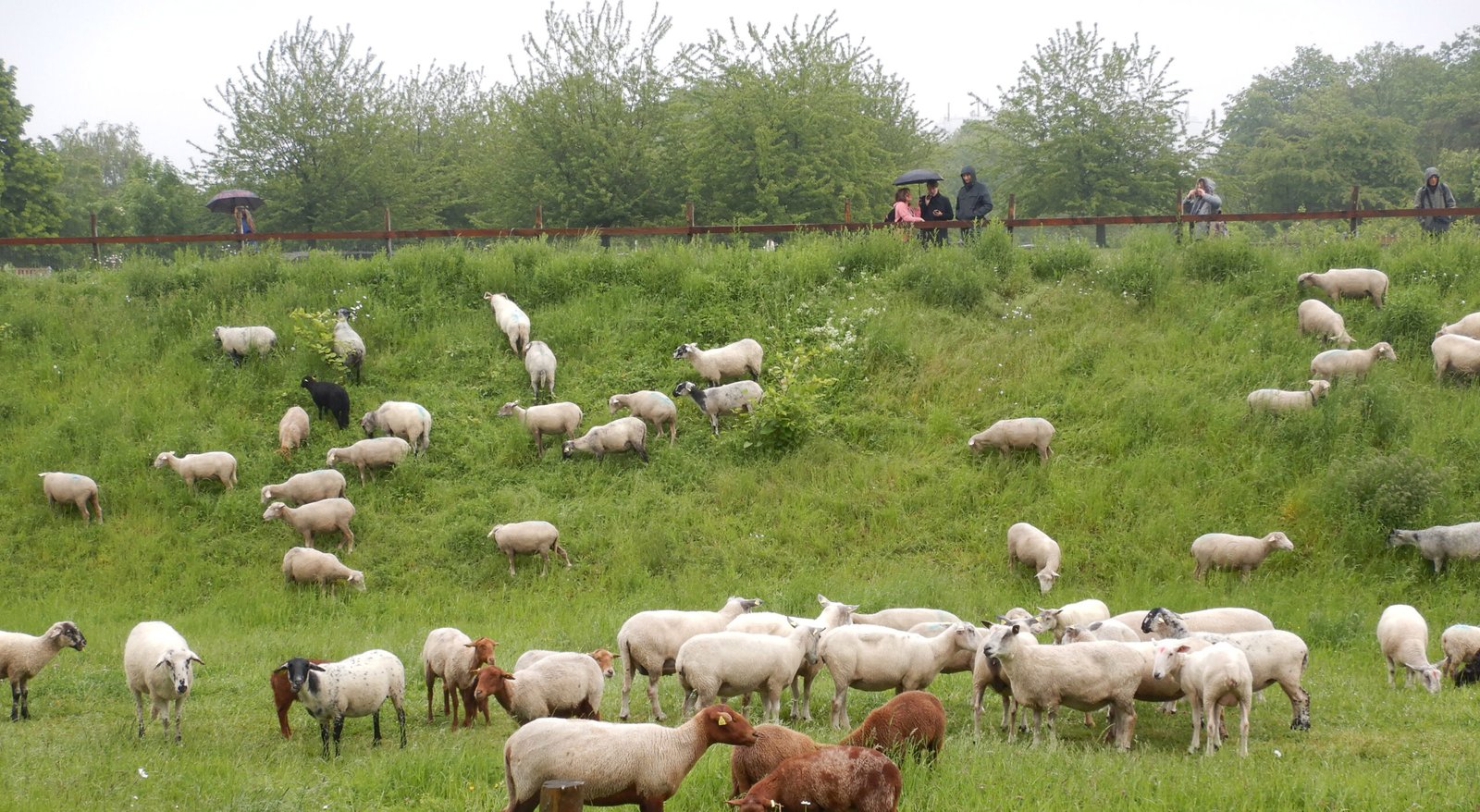
Farm animals are often overlooked when it comes to enrichment, but research shows they benefit just as much as their wild counterparts. Chickens enjoy pecking at hanging cabbages or scratching in straw, while pigs love rooting in soil and exploring new textures. Cows appreciate brushes they can rub against, and goats are natural climbers who relish play structures. Enrichment reduces stress, boosts immunity, and even improves productivity. By recognizing farm animals as sentient beings with emotional needs, enrichment practices are transforming modern agriculture.
Challenges and Controversies in Animal Enrichment
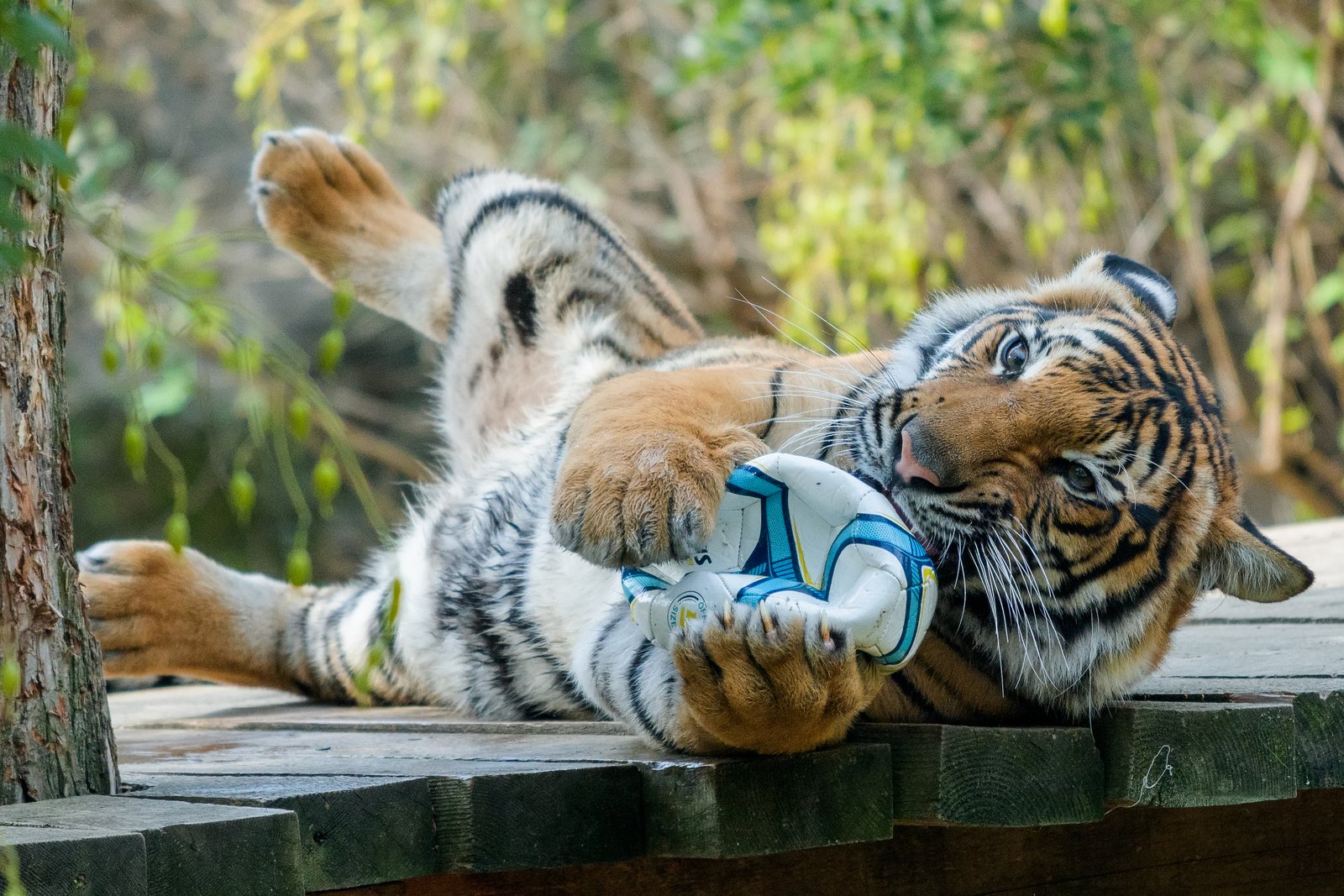
Despite the clear benefits, enrichment is not without its challenges. Designing effective enrichment requires deep knowledge of each species’ natural history and preferences. What delights a monkey might frighten a tortoise. There’s also the question of resources—time, money, and staff—to create and maintain enrichment programs. Some critics worry that enrichment can become superficial if not done thoughtfully, or that it masks deeper welfare issues. However, most agree that enrichment, when done right, is a powerful tool for improving animal lives and advancing our understanding of their needs.
The Future of Enrichment: Innovations and Inspirations
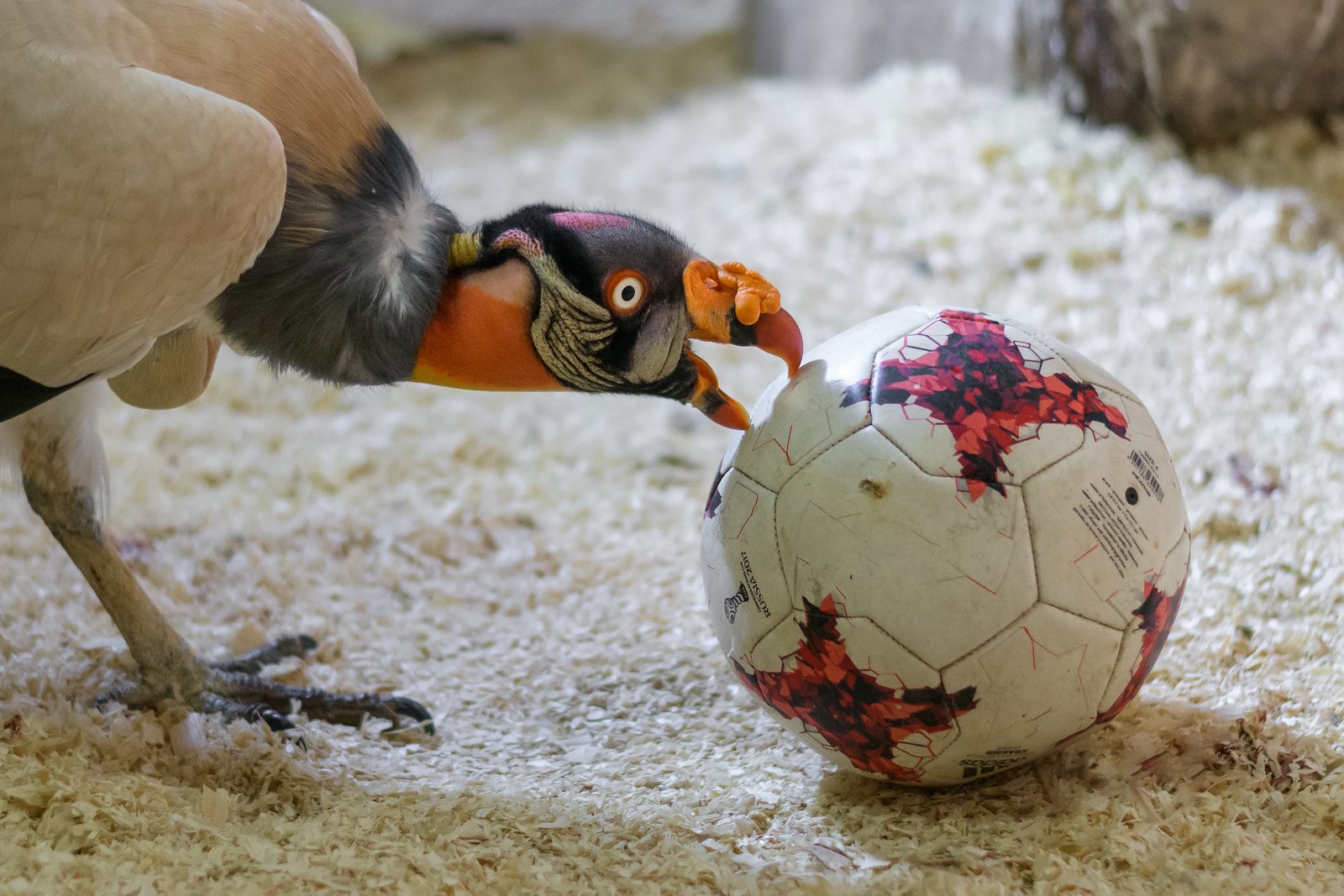
The science of enrichment is evolving rapidly, fueled by new technologies and greater understanding of animal cognition. Researchers are developing interactive devices, scent dispensers, and even virtual reality environments for animals. Drones are used to simulate flying prey for big cats, while touchscreen games challenge apes and birds. Advances in neuroscience are helping scientists tailor enrichment to individual personalities and preferences, making experiences more meaningful. The ultimate goal is to create worlds where animals can express themselves fully, live joyfully, and inspire humans to care more deeply.
Key Takeaways and the Power of Compassion
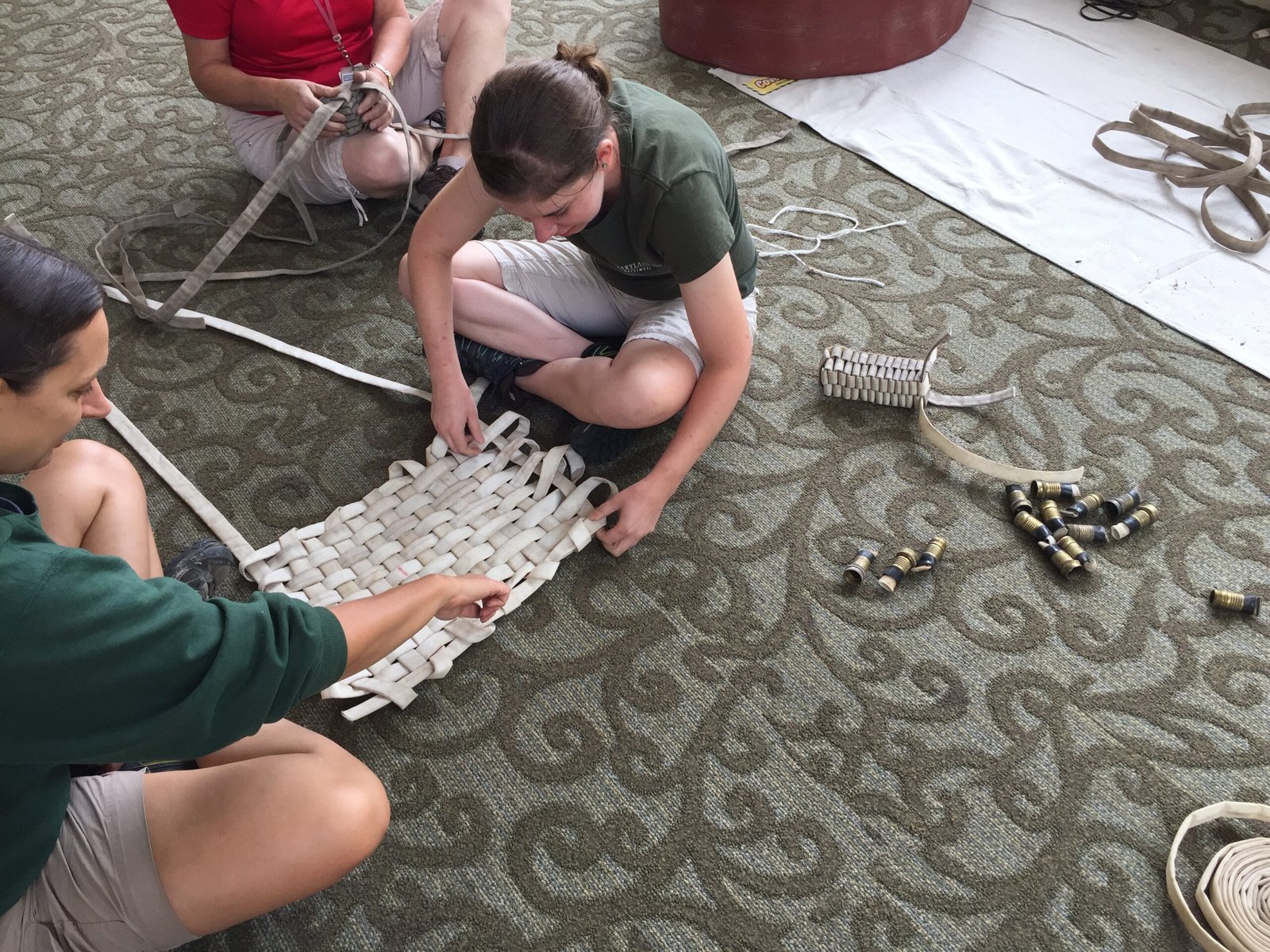
Enrichment is more than toys or treats—it’s a science-driven act of empathy and respect for the minds and hearts of animals. By understanding their needs and offering meaningful challenges, we unlock not just their happiness but the wonder of their inner worlds. When we see an ape solving a puzzle, a parrot painting, or a dog wagging its tail in excitement, we glimpse a shared joy that transcends species. How might our own lives change if we embraced curiosity and play so fearlessly?


